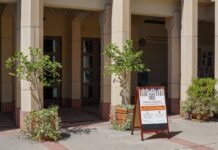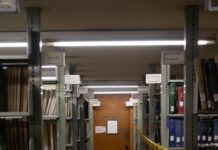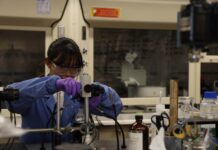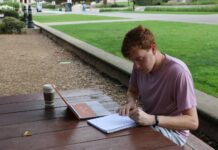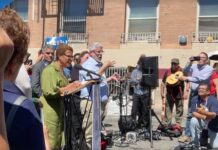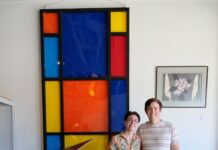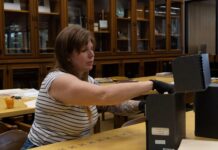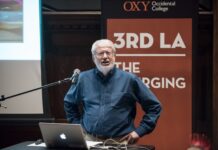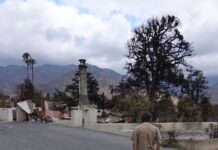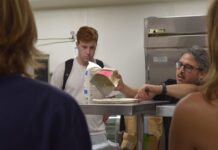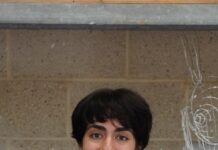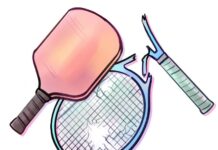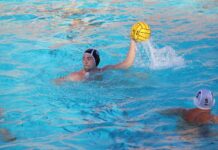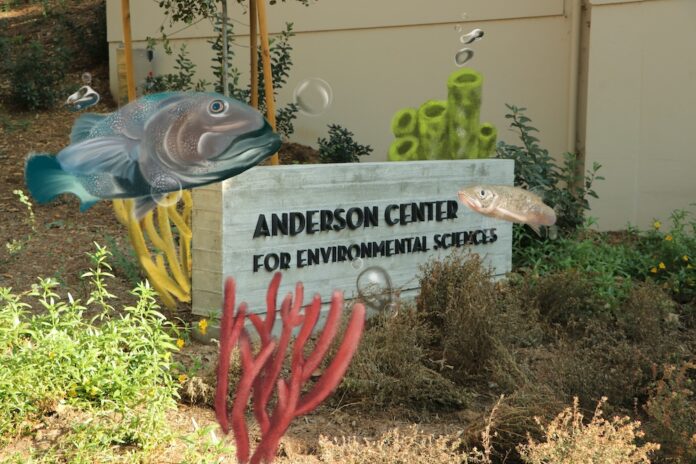The newly remodeled Anderson Center for Environmental Sciences has been in the process of unveiling its new state-of-the-art features since the Fall 2020 semester, according to student researcher and Vantuna Research Group (VRG) member Zoë Spearman (senior). The Center is home to Occidental’s biology, geology, marine biology and environmental science departments as well as The Moore Lab of Zoology and the Fletcher Jones Foundation Genomics Center. According to biology professor and director and curator of the Moore Lab John McCormack, the remodeling project began with a grant from the National Science Foundation and eventually garnered interest from other donors. McCormack said the science faculty had always been interested in having increased space and facilities.
“We had a long standing interest because of the work we were doing with organisms, with the environment and especially with our Natural History Collections [and] our specimen collections — to sort of improve some of our spaces in these two buildings,” McCormack said.
McCormack said the building previously existed in a drab state, but is now enhancing teaching and research experiences. The updated building is also home to the world’s largest collection of Mexican birds, located in the Moore Lab, and the Cosman Shell Collection.
Director of the VRG and biology professor Daniel Pondella ‘83 said he has been working in the Moore Lab since he was a student at the college. The original cost of the renovations was estimated to be $75,000 but ended up totaling approximately $12.5 million as the project expanded, according to Pondella.
Spearman said the building is equipped with study spaces, artwork and a full kitchen. McCormack said the space also features a multi-level mural painted by Bay Area artist and science illustrator Jane Kim. According to Pondella, the mural displays the different taxonomic groups the lab works with.
According to McCormack, the renovations also included a redesign of Sycamore Glen, a natural student working space. McCormack said the Glen was designed with native species intended to attract wildlife and birds and make the space feel like an outdoor nature garden. McCormack said there is still some work to be done regarding Sycamore Glen as it needs both faculty oversight and eventual student support to upkeep.
“I think the important thing is the college validating the work that the faculty has put in on this by really making sure the last I’s are dotted and the last T’s are crossed,” McCormack said. “Not taking their eyes off the ball and moving on to something else before we’re completely done.”
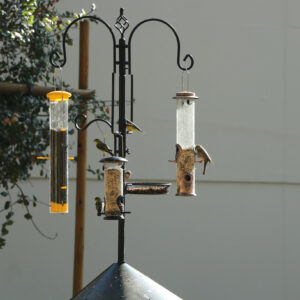
Although Occidental is currently a closed campus, select professors and students have been using the facilities to conduct research, according to McCormack. Spearman said all work has been done in accordance with campus policy and protocols regarding social-distancing and personal protective equipment. Pondella said the lab typically works with around 20 undergraduate students, but due to COVID-19 they had to downsize the number of student researchers.
Spearman, who began doing research in the center August 2020, said the new facility has changed her experience as a biology student. According to Spearman, the facility cultivates excitement and passion in the biology department. Currently, Spearman said she is using the VRG facilities to conduct marine biology research.
“I used to work for credit on an independent research project on fish otoliths and the life history of the California corbina,” Spearman said. “Right now I work as a student researcher with plankton sorting and data entry.”
According to McCormack, prior to the renovation’s completion, much of the science faculty moved to temporary offices in trailers nearby for approximately half a year, during which much research was halted.
McCormack said the facilities are not entirely finished. According to McCormack, the building was supposed to house a collection of fish specimens owned by the VRG, but due to a fire code issue regarding the amount of ethyl alcohol stored in the building, the specimens are going to be moved to a separate structure outside of the building. According to Pondella, the fish collection is temporarily being housed on Booth Lawn.
Professor of marine biology Amber Stubler is excited about the new features of the buildings that have yet to be built.
“I’m talking with an independent contractor now who’s hopefully going to help me build a recirculating seawater system that is going to have 36 tanks in it that are going to be about five gallons each,” Stubler said. “I can use those tanks for doing experimental marine ecology work.”
Pondella said he hopes students of all majors participate in research and use the facilities once classes resume on campus.
“My word about that is — show up,” Pondella said. “Any kid, come at the beginning of the semester, say you’re interested in something, I will put you to work.”
![]()


